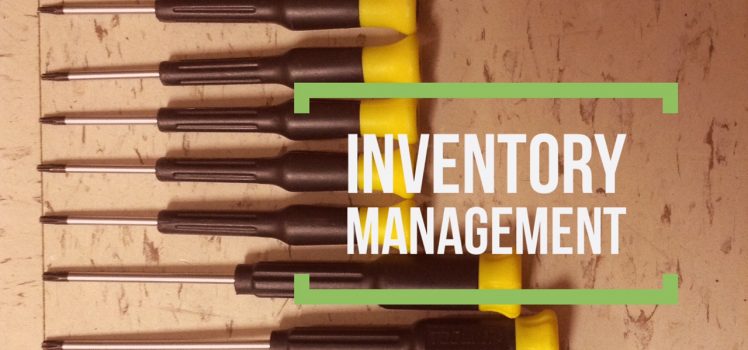
23 May 10 Steps for Proactive Inventory Management
Knowing your demand is the answer to your supply question. Despite having some general ideas of seasonal shopping frenzies, it’s not always easy to gauge demand given the fickle nature of consumers for the other points in the year. Being swamped with too much inventory hits hard at your bottom line while not having enough means revenue losses and potentially lost customers.
Recent inventory management statistics gathered by Capterra from many sources illustrate that this challenge seems to be a major issue with companies:
- Tied up in company inventories is a shocking amount of capital. This cash could be better used elsewhere.
- Wasp Barcode reported that less than half of all small to medium-sized businesses are still using a manual method or don’t even track their inventory.
- Companies are holding onto their inventory way too long despite new ordering and shipping technologies.
- To appeal to customers, more companies are increasing their product range that they are keeping in stock
The key is to have an efficient proactive inventory management system in place that leverages the available technology and best practices. Here are 10 steps you can take to add more efficiency to your existing inventory management system:
1. Research existing periods where inventory was out of synch with demand.
This could be a point where you experience a shortage or excess. Looking at these inventory management failures can be a good place to start. If you figure out where it all went wrong, you will be able to more easily fix it.
2. Study demand and consumer spending trends in the marketplace.
Look back on the last couple years at existing retail statistics to track the various periods where demand peaked or experienced a significant drop. This can serve as the basis for forecasting the upcoming seasons. However, you will also need to track current trends among consumers, including their buying behaviors, needs and wants, and consumer confidence to spend related to the economy.
3. Assess inventory and supply costs.
These costs include numerous expenses scattered throughout the supply chain, including freight, volume discounts, and warehousing. See how these have been impacted by your current inventory system and identify those places where waste removal can lower these costs. You can also talk with those partners in the supply chain to renegotiate any of these costs with new supplier and logistics agreements.
4. Decide what processes can be automated.
With today’s technology, there’s no excuse for any manual processes left in your inventory management system. There are numerous online tools for everyone. From a small business with an online marketplace storefront to a major enterprise with multiple locations. Keeping people out of the inventory processes reduces the likelihood for human error to adversely impact your performance.
5. Evaluate supplier performance.
You can make numerous in-house enhancements only to be sabotaged by your suppliers. Suppliers who have not added the same best practices to maintain a steady supply to meet fluctuating demand. It’s good to provide them with feedback on what they might improve in order to help everyone. If there is no willingness to change, then start interviewing other suppliers that have the performance metrics you need.
6. Categorize your inventory.
Create different layers among your products to address different periods of demand for specific types of merchandise. You can also categorize your inventory by type of customer, profit margin it delivers, and overall cost of having it on hand. Creating this system provides a way to deliver on various types of demand while minimizing the costs. This type of best practice can be achieved through today’s inventory management software solutions.
7. Set category goals.
To accompany your inventory stratification mentioned in the last step, establish goals for each category to measure and track efficiency. You can also track different issues and determine if they are category-specific or are signs of a larger issue. These could be issues that you didn’t identify in the past performance test from the first step.
8. Prioritize changes.
You might find that many areas need improvement. However, you need to continue meeting your current demand. This is the point where you will have to decide which things can be immediately fixed, what will take a much larger overhaul, and what might need to be handled in the near future during a quiet demand period.
9. Get an outside opinion.
It may be that you are too far in to see how your inventory management system could run more effectively. There are consultants that specialize in evaluating these types of systems and providing suggestions. They can also be a good source of information about the latest technology that would fit your specific needs, address the visible issues, align with your growth strategy, and work with your budget.
10. Establish an inventory management policy.
Whatever changes you make should then become the basis for a formal inventory management policy. The policy will define responsibilities and illustrate how you are balancing cost-effective measures with optimized customer service that addresses fluctuating demand. Covering all aspects of inventory management in a policy emphasizes the new best practices approach you are taking and reflects your overall culture that is focused on continual improvement.
This list provides a basis for the value of improving your current inventory process. This will help you better prepare for the upcoming year of seasonal demand. Perhaps starting with an assessment of your existing processes as mentioned in the first step will motivate you to explore the new technologies available to automate your inventory management and enhance your overall service and financial performance. Contact us to learn more!



